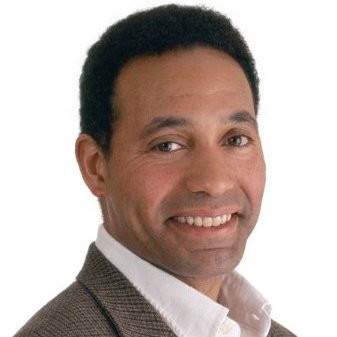Utility, Copyright, and Fair Use after Warhol
Abstract
This paper is a reaction to AWE v. Goldsmith (Warhol), which found that Warhol’s adaptation of a photograph of Prince, taken by photographer Lynn Goldsmith, is not protected from copyright liability by the fair use defense. The Warhol dissent accuses the majority of being overly concerned with the commercial character of Warhol’s use, while the dissent emphasizes the artistically transformative quality of Warhol’s adaptation. These different approaches provide strong evidence that the theory of fair use remains unclear to the Court. There is a need for a simple positive theory of thefair use doctrine. That need was largely met by Gordon’s article in 1982. I aim to develop the economic theory of fair use further. especially in light of case law since 1982. A theory of fair use is at the same time a theory of the scope of copyright. I clarify the economic basis for jair use, taking advantage of basic concepts in welfare economics. As a general matter, the optimal scope of copyright minimizes the sum of dynamic (having to do with incentives over time) and static (having to do with allocation at a given time) welfare costs. One proposition advanced is that the concepts of economic complementarity, substitutability, and preference correlation provide crucial analytical tools in resolving fair use disputes. This proposition may seem narrow, but it stands the approach taken in the cases on its head. I explain how the approach urged here works by applying it to several cases, including Warhol and Google v. Oracle.





